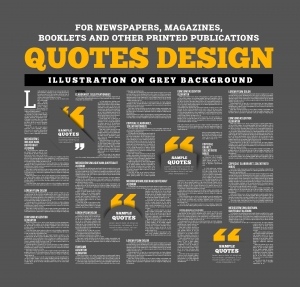Variety is the Spice of Blogging
“Variety is the spice of life, and of reading,” Diana Pho writes in Writer’s Yearbook 2023. “Watch how you balance dialogue, narration, and exposition on the page….Break up your sentence structure to keep your reader’s attention,” the fiction editor advises. “Break up your sentence structure to keep your readers’ attention.” While you’re at it, a second Writers Digest advisor, Steve Almond, suggests, “Why don’t you consider a new POV (point of view)?”
In business blogging, it’s generally a good rule to keep sentences short. Short sentences have power, we teach at Say It For You, and, particularly in titles, can more easily be shared on social media sites. However, not every sentence should be kept, and long sentences can be woven in with shorter ones. Then, once in a while, it’s a good idea to add an extremely short statement to add “punch” to the post. What’s the definition of a long sentence? According to thejohnfox.com, any sentence of more than 100 words is “almost guaranteed to be complex, complicated, and enormous”.
“The purpose of paragraphs is to break up an article into its logical divisions so that readers can easily grasp the thought,” explains freelancewriting.com. Each paragraph contains a single phase of the subject. Paragraphs in journalistic writing are usually shorter than in other kinds of writing. While varying the paragraph size in each post is a good idea, long paragraphs can be perceived as off-putting “wall of text”. “Start with a sentence that makes the reader ask a question, Wayne Schmidt suggests. (People hate unanswered questions.) It doesn’t have to be a literal question, just something that piques the reader’s curiosity.”
In blog marketing, variety is important not only in terms of sentence and paragraph length, but also in terms of the layout of the post itself. Different Layouts, writing coach Tony Rossiter explains, fulfill different purposes, including saving space, attraction attention, and raising questions. When it comes to business blogging, the placement of Calls to Action needs to be varied. Variations in the way the content itself is presented include beginning with the conclusion, then using the remainder of the blog post to prove the validity of that assertion. Bolding and bullet points add variety to the visual; impression.
Variety is the spice of blogging!






Follow us online!